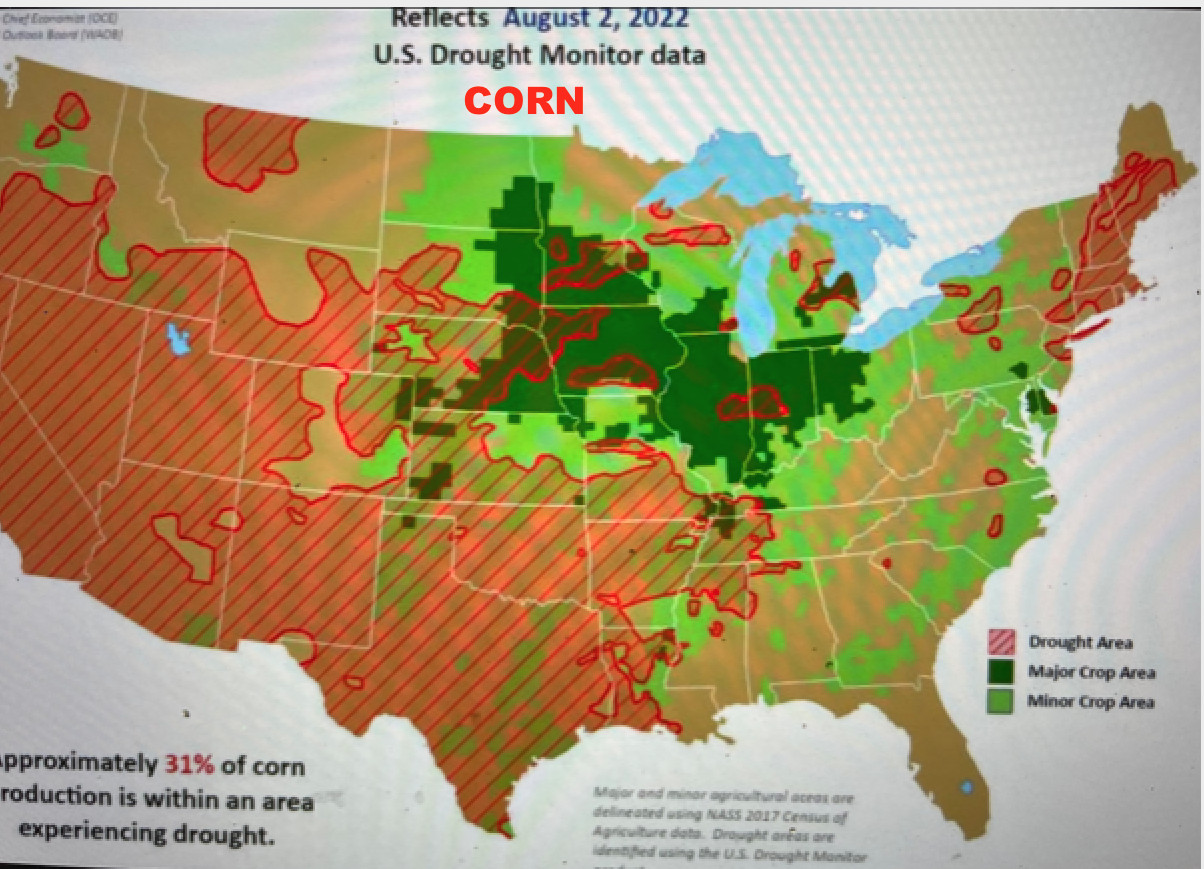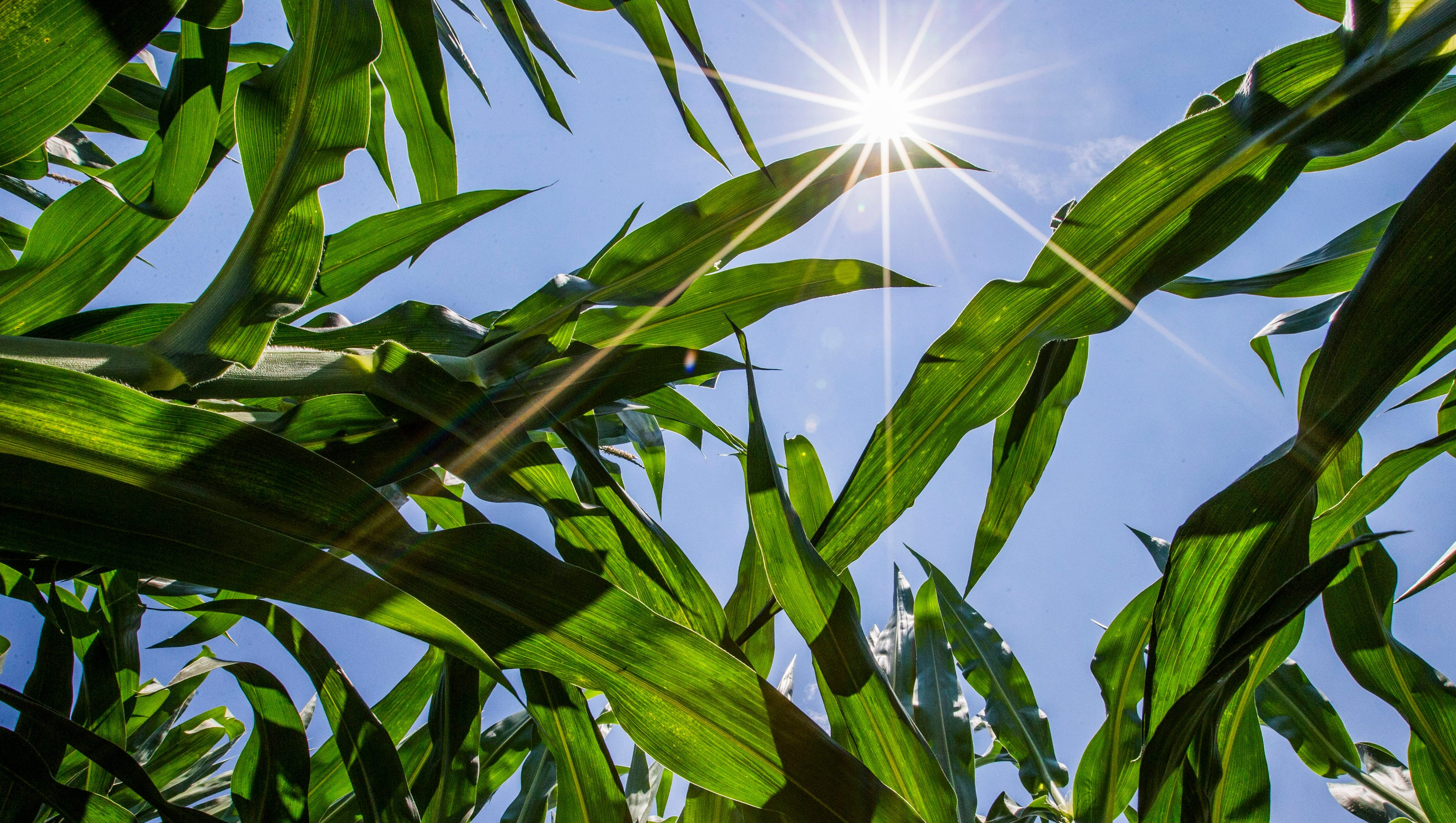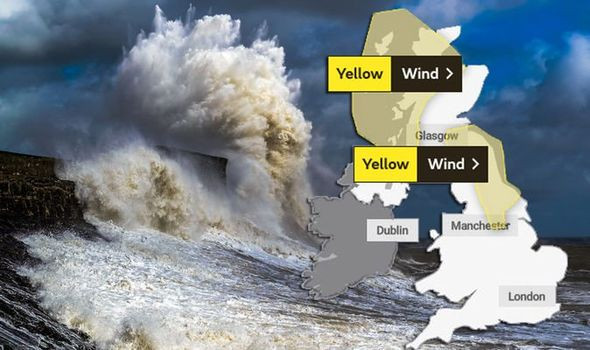The US Midwest is sweltering under a scorching heatwave, but experts say the phenomenon known as “corn sweat” is making the conditions even more oppressive. This moisture, or “sweat,” that corn and other crops release in high temperatures is contributing to the humidity in the air, where 55 million people have been under alerts for extreme heat in recent days.
The increase in moisture pushes up dew points, making it harder for water vapor to condense and for it to feel cooler. This is particularly problematic in the Midwest, where Iowa and Illinois are responsible for a third of US-produced corn.
Corn Sweat: A Natural Process With A Big Impact
Corn sweat is the colloquial term for evapotranspiration, the natural process of water evaporating from plants into the air. This process, which is essentially a plant’s way of breathing, releases moisture from the soil into the atmosphere, contributing to the humidity.
One acre of corn can release 4,000 gallons of water a day, which is why areas with high concentrations of corn or other crops can experience the micro-climate effects of corn sweat. For example, Iowa’s corn crops release up to 56 billion gallons of water into the atmosphere each day, adding 5 to 10 degrees to the dew point, a measure of humidity.
Corn Sweat And Climate Change
Climate change is exacerbating the problem of corn sweat. Warmer temperatures and warmer nights allow the atmosphere to hold more moisture, and farmers are planting corn further north due to shifting growing conditions. This means more plants are releasing moisture into the atmosphere, contributing to the humid conditions.
Farmers are also planting more acres of corn to meet the demand for ethanol, which is primarily made from corn kernel starch. This increase in corn production means more plants are working harder to stay cool, pumping out even more humidity.
Impact Of Corn Sweat On Heat Index
The combination of high temperatures and high humidity creates a heat index, which measures how hot it feels to the human body. Corn sweat is contributing to higher heat indices in the Midwest, making the already intense heat feel even more oppressive. The heat index is a more accurate measure of how hot it feels to the human body than looking at the temperature alone.
For example, according to a chart from the National Oceanic and Atmospheric Administration, it feels like 91 degrees to the human body when it’s 90 degrees outside and the relative humidity is 40%, while it feels like 113 degrees when it’s 90 degrees outside and the relative humidity is 80%. The moisture from corn sweat is raising dew points in the Midwest, making it feel much hotter than the actual temperature.
Corn Sweat: A Sign Of Healthy Crops?
Although it may bring discomfort to humans, corn sweat is a sign of healthy crops. When plants become stressed, like during a drought, they close their stomata to conserve water. This defense mechanism means the plant releases less water vapor, but it can also limit the plant’s growth. In a way, corn sweat is a sign that the crops are thriving and actively absorbing moisture from the soil.
The Future Of Corn Sweat
More study is needed to understand how climate change will shape corn sweat. Rainfall, crop variety, and growing methods can all play a part in how much moisture is released by corn plants. But, as temperatures continue to rise, corn sweat is likely to become more prevalent, making heatwaves even more intense and challenging to endure.
The Enduring Effects Of Corn Sweat
Corn sweat isn’t the only factor contributing to the extreme heatwave affecting the US Midwest. Other factors, such as the upper ridge of high atmospheric pressure that brings hot, humid weather from the southern Gulf states into the Midwest, also play a role. However, corn sweat is a significant factor, particularly in areas with high concentrations of corn production. While the impact of corn sweat on the heatwave will eventually diminish as the growing season progresses and harvest begins, the issue of climate change and its role in exacerbating extreme weather events will continue to be a major concern.


















